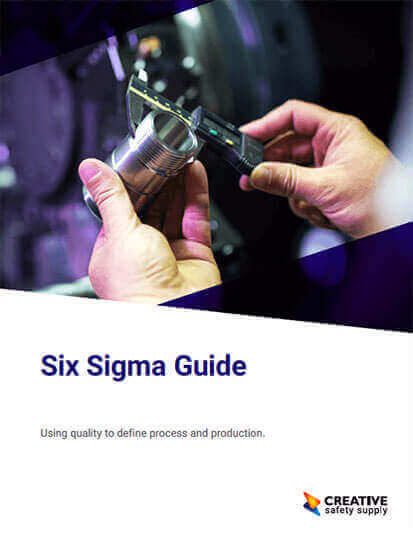
Named because the primary curve resembles a tub, the bathtub curve is particularly useful in reliability engineering and deterioration modeling. In manufacturing plants and industrial facilities, using the bathtub curve can greatly improve maintenance programs and efficiency.
Operational Failure Rate
As a visual representation of machinery or equipment failure, the bathtub curve describes the failure rate in three separate periods— Infant Mortality, Normal Life, and End of Life Wear-Out.
Infant Mortality Period
Also known as early failures or decreasing failure rate. Infant mortality failures are highly undesirable, occur relatively early on, and are a result of material defects, design blunders, assembly errors, improper start-up procedures, and more. If not caught in time, early failures can result in useful life failures.
Constant Failure Rate
Also known as random failures or normal life failures these failures occur during a product's useful life period. This failure rate stays fairly consistent and with reliable maintenance, the operational life of most assets will exist in this state. The useful life period however, is constrained by it's shortest-lived component.
Wear-Out Period
Also known as end of life failures or increasing failure rate, once the asset begins to deteriorate we see a sharp increase in failure rates until it reaches total failure.
The bathtub curve is graphed with the x-axis measuring time and the y-axis representing failure rate. With a typical bathtub curve, we see a high rate of infant mortality failures which quickly decreases and plateaus to the constant failure rate (think of the bottom of a tub). As the product enters the wear-out period.
How to Use the Bathtub Curve
The bathtub curve can be used in a number of situations, but in manufacturing it can be a useful tool for maintenance or beginning production on a new family of products to measure reliability.


